Fibonacci In Nature
Fibonacci in Nature Sunflowers are excellent examples of the Fibonacci sequence because the seed heads in the centre of the flower are organized in two sets of spirals — short ones running.
Fibonacci in nature. The Fibonacci sequence, as you know, reflects patterns of growth spirals found in nature That doesn't make it important as such it just makes it a natural phenomenon, like seeing ripples in a pond or noticing the fivefold pattern of digits at the ends of each of our limbs There is an underlying geometry in the evolution of living things. Either way, this important pattern shows up all over in nature, in design, even in you and me!. The Fibonacci Sequence The Fibonacci sequence is possibly the most simple recurrence relation occurring in nature It is 0,1,1,2,3,5,8,13,21,34,55,, 144 each number equals the sum of the two numbers before it, and the difference of the two numbers succeeding it It is an infinite sequence which goes on forever as it develops.
The fibonacci appears in the smallest, to the largest objects in nature It is a way for information to flow in a very efficient manner Here, a microscopic view of the ovary of an Anglerfish Nikon’s It’s a Small World Competition. Below are examples from nature in which Fibonacci numbers can be found Using the illustrations or samples your teacher provides, work with your group to answer the questions Make sure that you complete your own sheet 1 Flower petals Count the number of petals on each of these flowers What numbers. In her latest informative video lesson, YouTube user Vihart outlines the seemingly confounding appearance of the Fibonacci sequence in nature in a way that's sure to have you finding patterns you.
Examples of Fibonacci sequences and numbers in nature are spiral shell formation, rabbit population and various parts of human anatomy Many natural occurrences of the Fibonacci sequence are represented by the golden ratio, or the limit of the ratio of each Fibonacci number to its successor. The Fibonacci numbers are Nature's numbering system They appear everywhere in Nature, from the leaf arrangement in plants, to the pattern of the florets of. In her latest informative video lesson, YouTube user Vihart outlines the seemingly confounding appearance of the Fibonacci sequence in nature in a way that's sure to have you finding patterns you.
Pick any flower in nature and you will find Fibonacci numbers Take a sunflower, for example If you count the number of petals, it will be a number in the Fibonacci sequence Not only will the. Fibonacci Numbers show up in all sorts of places in nature Some flowers have 3, 5, 8 or 13 petals, where each petal is placed to allow for maximum exposure to sunlight The rows of seeds in. Livio says Fibonacci numbers are “a kind of Golden Ratio in disguise,” as they are found in even microscopic places, such as in the microtubules of an animal cell These structures are “hollow cylindrical tubes of a protein polymer” which make up the cytoskeleton.
Wild Fibonacci Nature's Secret Code Revealed by Joy N Hulme and Carol Schwartz Jul 27, 10 40 out of 5 stars 42 Paperback $799 $ 7 99 Get it as soon as Tue, Dec 8 FREE Shipping on orders over $25 shipped by Amazon Other options New and used. The Fibonacci sequence, as you know, reflects patterns of growth spirals found in nature That doesn't make it important as such it just makes it a natural phenomenon, like seeing ripples in a pond or noticing the fivefold pattern of digits at the ends of each of our limbs There is an underlying geometry in the evolution of living things. Examples of Fibonacci sequences and numbers in nature are spiral shell formation, rabbit population and various parts of human anatomy Many natural occurrences of the Fibonacci sequence are represented by the golden ratio, or the limit of the ratio of each Fibonacci number to its successor.
Fibonacci Numbers and Nature This page has been split into TWO PARTS This, the first, looks at the Fibonacci numbers and why they appear in various "family trees" and patterns of spirals of leaves and seeds The second page then examines why the golden section is used by nature in some detail, including animations of growing plants. Fibonacci sequences have been observed throughout nature, like in leaves, flowers, pine cones and fruit In this experiment, students will try to show examples of the Fibonacci sequence in their everyday surroundings. In fact, we can see examples of the Fibonacci sequence all around us, from the ebb and flow of ocean tides to the shape of a seashell Even our human bodies are examples of Fibonacci Read more about the fascinating phenomenon of Fibonacci in nature.
The Fibonacci Sequence in Nature The leaves of a plant are arranged in such a way that the maximum number can spiral around the stem before a new leaf grows directly above it This ensures that each leaf receives the maximum amount of sunlight and catches as much rain as possible. Fibonacci can be found in nature not only in the famous rabbit experiment, but also in beautiful flowers (Internet access, 12) On the head of a sunflower and the seeds are packed in a certain way so that they follow the pattern of the Fibonacci sequence. But, Fibonacci numbers appear in nature often enough to prove that they reflect some naturally occurring patterns You can commonly spot these by studying the manner in which various plants grow Here are a few examples.
The Fibonacci numbers are a sequence of integers, starting with 0, 1 and continuing 1, 2, 3, 5, 8, 13, , each new number being the sum of the previous twoThe Fibonacci numbers, often presented in conjunction with the golden ratio, are a popular theme in cultureThey have been mentioned in novels, films, television shows, and songs The numbers have also been used in the creation of music. Scientists and naturalists have discovered the Fibonacci sequence appearing in many forms in nature, such as the shape of nautilus shells, the seeds of sunflowers, falcon flight patterns and galaxies flying through space. Nature, The Golden Ratio, and Fibonacci too Plants can grow new cells in spirals, such as the pattern of seeds in this beautiful sunflower The spiral happens naturally because each new cell is formed after a turn.
The Fibonacci Sequence is found all throughout nature, too It is a natural occurrence that different things develop based upon the sequence 1. The fibonacci sequence is a sequence of numbers made by adding the previous two together to get the next number in the sequence eg 1 2 = 3, 23=5, 35=8, 58=13 and so on, resulting in a sequence (that starts with zero). The Fibonacci sequence’s ratios and patterns (phi=) are evident from micro to macro scales all over our known universe Although the Fibonacci sequence (aka Golden Ratio) doesn’t appear in every facet of known structures, it does in many, and this is especially true for plants.
Often referred to as the natural numbering system of the cosmos, the Fibonacci sequence starts out simply (01= 1, 11= 2, 12= 3, 23= 5, 35= 8), but before long, you'll find yourself adding. Better known by his pen name, Fibonacci, he came up with a number sequence that keeps popping up throughout the plant kingdom, and the art world too A fibonacci sequence is simple enough to. Fibonacci sequences have been observed throughout nature, like in leaves, flowers, pine cones and fruit In this experiment, students will try to show examples of the Fibonacci sequence in their everyday surroundings.
What Is The Fibonacci Sequence?. Fibonacci Patterns in Nature Observation is one of the earliest scientific methods humans applied when approaching the issues they didn’t understand Fibonacci’s spiral can be easily spotted on pine cones, seashells, sunflowers, flower petals, and countless other life forms Nobody really knows how and why these patterns occur. While the Fibonacci sequence doesn’t define every aspect of nature, it is found quite often in significant structures and is thusly not an anomaly The number of petals on a flower, for instance, will often reflect a Fibonacci number And, almost every flower unfurls in accordance with the Divine proportion.
Fibonacci in Nature In this lesson, students explore two flower gardens and view various images from nature to learn about Fibonacci numbers, and practice completing their own Fibonacci sequence. The Fibonacci numbers are a sequence of integers, starting with 0, 1 and continuing 1, 2, 3, 5, 8, 13,, each new number being the sum of the previous two The Fibonacci numbers, often presented in conjunction with the golden ratio, are a popular theme in culture They have been mentioned in novels, films, television shows, and songs. A perfect example of this is the nautilus shell, whose chambers adhere to the Fibonacci sequence’s logarithmic spiral almost perfectly This famous pattern shows up everywhere in nature including flowers, pinecones, hurricanes, and even huge spiral galaxies in space But the Fibonacci sequence doesn’t just stop at nature.
Fibonacci can be found in nature not only in the famous rabbit experiment, but also in beautiful flowers (Internet access, 12) On the head of a sunflower and the seeds are packed in a certain way so that they follow the pattern of the Fibonacci sequence. The famous Fibonacci sequence has captivated mathematicians, artists, designers, and scientists for centuries Also known as the Golden Ratio, its ubiquity and astounding functionality in nature suggests its importance as a fundamental characteristic of the Universe. Fibonacci Patterns in Nature Observation is one of the earliest scientific methods humans applied when approaching the issues they didn’t understand Fibonacci’s spiral can be easily spotted on pine cones, seashells, sunflowers, flower petals, and countless other life forms Nobody really knows how and why these patterns occur.
The Fibonacci sequence in nature Observing the geometry of plants, flowers or fruit, it is easy to recognize the presence of recurrent structures and forms. Fibonacci in Nature In this lesson, students explore two flower gardens and view various images from nature to learn about Fibonacci numbers, and practice completing their own Fibonacci sequence. Nature is replete with spirals, so perhaps it’s no surprise that they are found in pine cones The more interesting thing is that the number of spirals found on pine cones are almost always Fibonacci numbers But maybe that’s not that surprising either, as Fibonacci numbers are also pretty common in nature Add 1 plus 1 and you get 2.
The Fibonacci sequence is named for Leonardo Pisano (also known as Fibonacci), an Italian mathematician who lived from 1170 – 1250. Fibonacci Sequence in Nature The Fibonacci sequence can be observed in a stunning variety of phenomena in nature Nautilus shells, one of the most iconic examples of the Fibonacci sequence, follow the proportional increase of 161. A perfect example of this is the nautilus shell, whose chambers adhere to the Fibonacci sequence’s logarithmic spiral almost perfectly This famous pattern shows up everywhere in nature including flowers, pinecones, hurricanes, and even huge spiral galaxies in space But the Fibonacci sequence doesn’t just stop at nature.
The Fibonacci sequence in plants is quite abundant, and leaves are one of the best examples When growing off the branch, Fibonacci can be viewed in their stems as well as their veins The more they grow outward, the higher the Fibonacci sequence is visible. Scientists and naturalists have discovered the Fibonacci sequence appearing in many forms in nature, such as the shape of nautilus shells, the seeds of sunflowers, falcon flight patterns and galaxies flying through space. Fibonacci and Nature Did you know that Fibonacci numbers are found in nature as well?.
But maybe that’s not that surprising either, as Fibonacci numbers are also pretty common in nature Add 1 plus 1 and you get 2 Add 2 plus 1 and you get 3 3 2 = 5, 5 3 = 8, and 8 5 = 13 One, two, three, five, eight, and thirteen are Fibonacci numbers. As it turns out, the numbers in the Fibonacci sequence appear in nature very frequently The number of petals on a flower, for instance, is usually a Fibonacci number For example, there’s the classic fivepetal flower But that’s just the tip of the iceberg!. What Is The Fibonacci Sequence?.
The fibonacci sequence is a sequence of numbers made by adding the previous two together to get the next number in the sequence eg 1 2 = 3, 23=5, 35=8, 58=13 and so on, resulting in a sequence (that starts with zero). Nevertheless, mathematical principles do appear to govern the development of many patterns and structures in nature, and as time passes, more and more scientific research finds evidence that the Fibonacci numbers and the Golden Ratio are prevalent in natural objects, from the microscopic structure proportions in the bodies of living beings on Earth to the relationships of gravitational forces and distances between bodies in the universe (Akhtaruzzaman and Shafie). The Fibonacci sequence is named for Leonardo Pisano (also known as Fibonacci), an Italian mathematician who lived from 1170 – 1250 Fibonacci used the arithmetic series to illustrate a problem based on a pair of breeding rabbits In short, the pattern is 1,1,2,3,5,8,13 and so on to infinity.
Spirals in Nature Demonstrating the Fibonacci Number ('Golden Mean' or 'Golden Ratio) Leonardo Fibonacci was an Italian mathematician who introduced to Europe and popularized the HinduArabic number system (also called the decimal system) Here he shows its relation to flower spirals. Mathematicians have learned to use Fibonacci’s sequence to describe certain shapes that appear in nature These shapes are called logarithmic spirals , and Nautilus shells are just one example. The Fibonacci in Nature February 2, 14 by Poly Hedra The Fibonacci sequence is named after Leonardo of Pisa, who was known as Fibonacci (named after, he did not discover) Fibonacci’s sequence was first introduced to the western world in 12 by Fibonacci, the sequence had been noted by Indian mathematicians as early as the sixth century.
The Fibonacci numbers are a sequence of integers, starting with 0, 1 and continuing 1, 2, 3, 5, 8, 13, , each new number being the sum of the previous twoThe Fibonacci numbers, often presented in conjunction with the golden ratio, are a popular theme in cultureThey have been mentioned in novels, films, television shows, and songs The numbers have also been used in the creation of music.

The Fibonacci Sequence In Nature

The Nature Of Design The Fibonacci Sequence And The Golden Ratio Cleveland Design

Fibonacci In Nature The Code Of Life Fibonacci Sequence Youtube Fibonacci In Nature Spirals In Nature Geometry In Nature
Fibonacci In Nature のギャラリー

Fibonacci In Nature Go Figure

The Common Occurrence Of The Fibonacci Sequence In Nature Clayton De Haan

Great Demo On Fibonacci Sequence Spirals In Nature The Golden Ratio Youtube

Fibonacci Sequence In Nature Download Scientific Diagram

What S So Sacred About Geometry Anyway Geometry In Nature Spirals In Nature Fractals In Nature

The Beauty Of Fibonacci In Nature And Trading Youtube

Fibonacci Numbers In Underwater Photography X Ray Mag
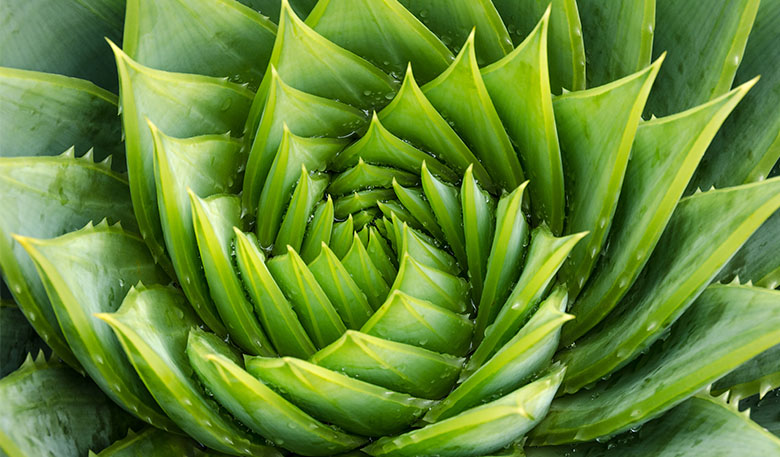
Using The Fibonacci Sequence To Look At Evolution

Fibonacci Sequence In Nature And Plants Plants And Beyond

The Golden Ratio In Nature Anne Skyvington
/__opt__aboutcom__coeus__resources__content_migration__mnn__images__2015__07__golden-ratio-seashell-c4f84275077740ccb9fa12c277d61303.jpg)
Watch The Beautiful Visualization Of The Numbers Of Nature

The Universe In A Spiral Scientific Scribbles
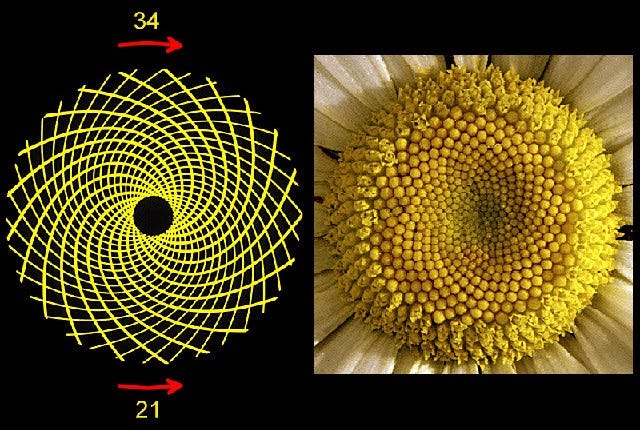
Fibonacci Everywhere I First Learned About This Interesting By Wolfgang Pfretzschner Medium
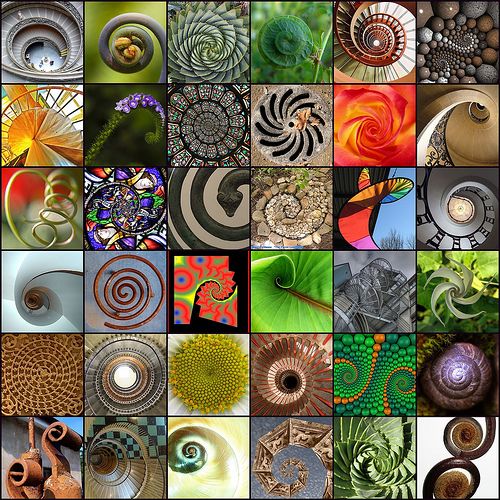
Fibonacciday

Nature S Code A Fibonacci Appreciation Post Dev Community
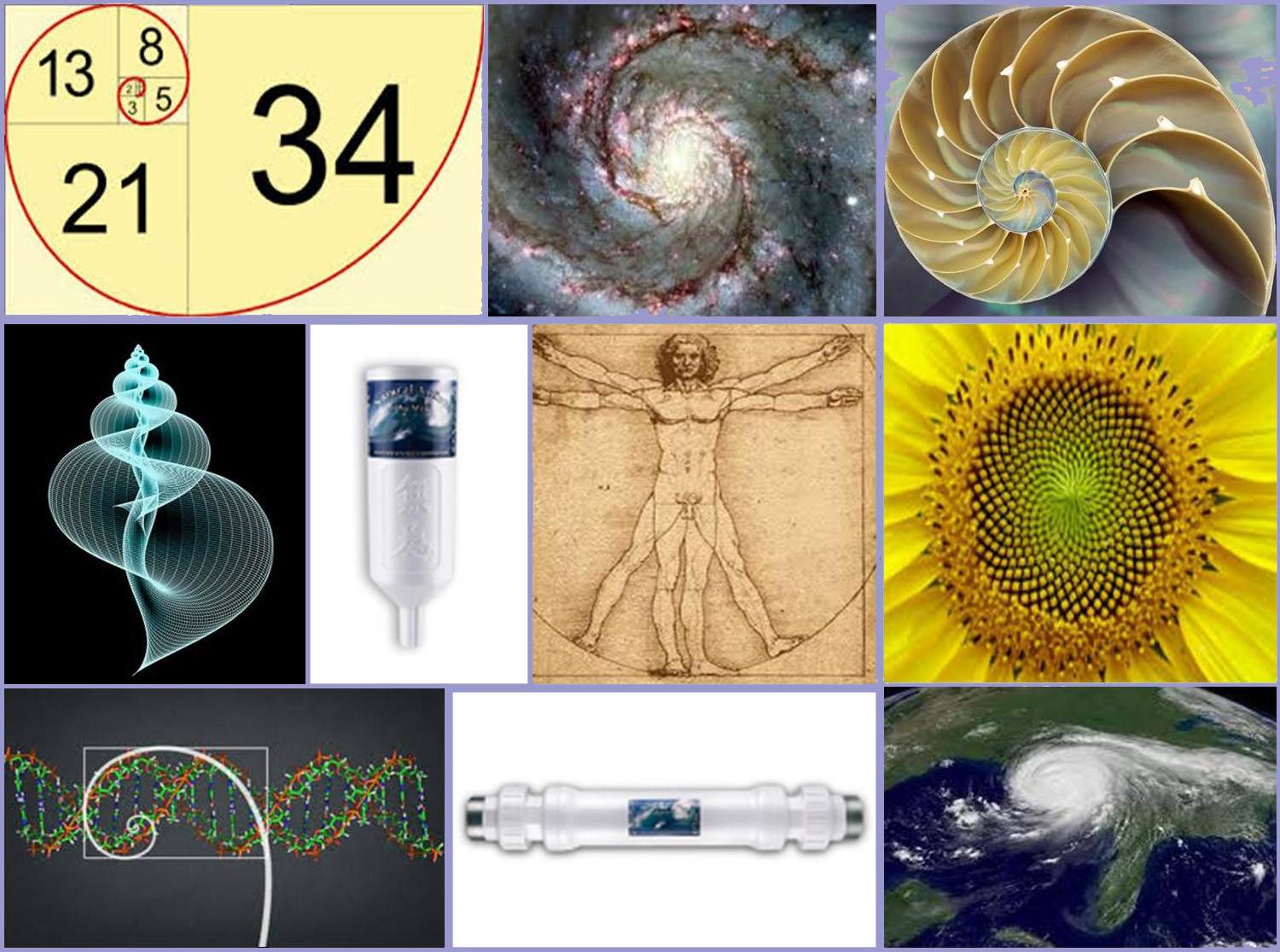
Fibonacci Leonardo Spirals And Structured Water
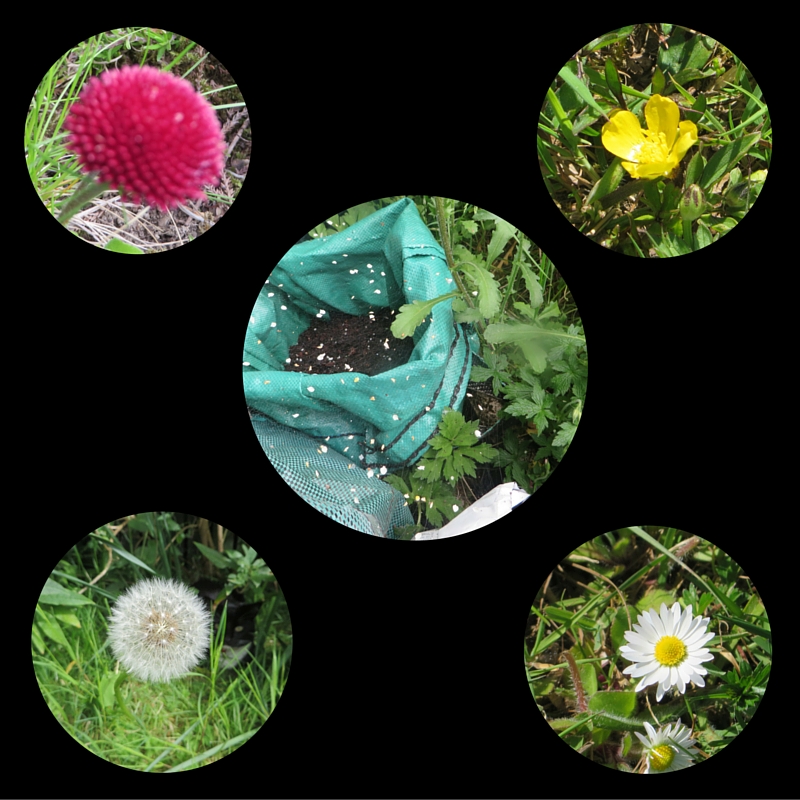
Fibonacci In Nature Nomadwarmachine

C5ef9eba0ecef6586f12f347d Jpg 851 851 Fibonacci In Nature Fibonacci Spiral Nature Fractals In Nature

5 Examples Of The Fibonacci Sequence In Plants

Celebrate Fibonacci Day Dreambox Learning

Fibonacci Sequence In Nature And Plants Plants And Beyond
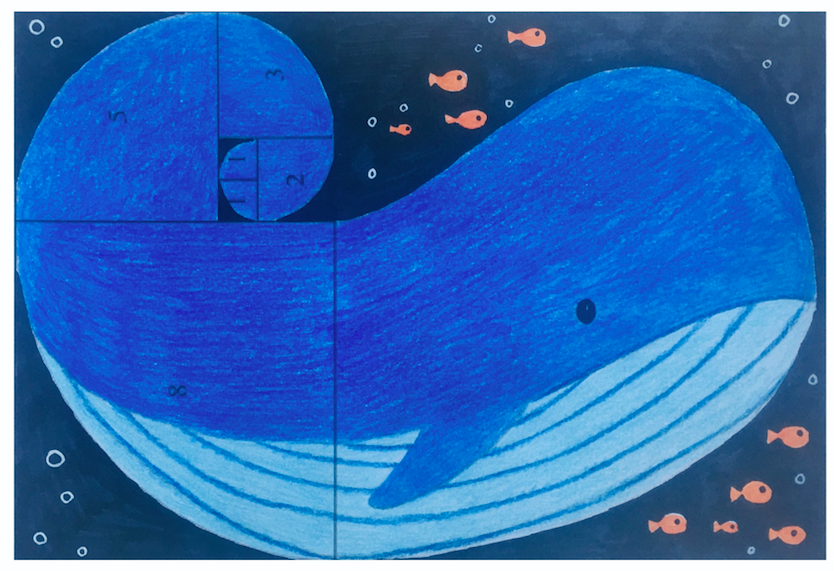
Celebrating Children S Art Week Maths Arts Nature Maths On Toast

Examples Of The Presence Of Archimedes Spiral And Fibonacci Numbers In Download Scientific Diagram

Mother Nature S Favorite Number Sequence The Fibonacci

Fibonacci Flim Flam
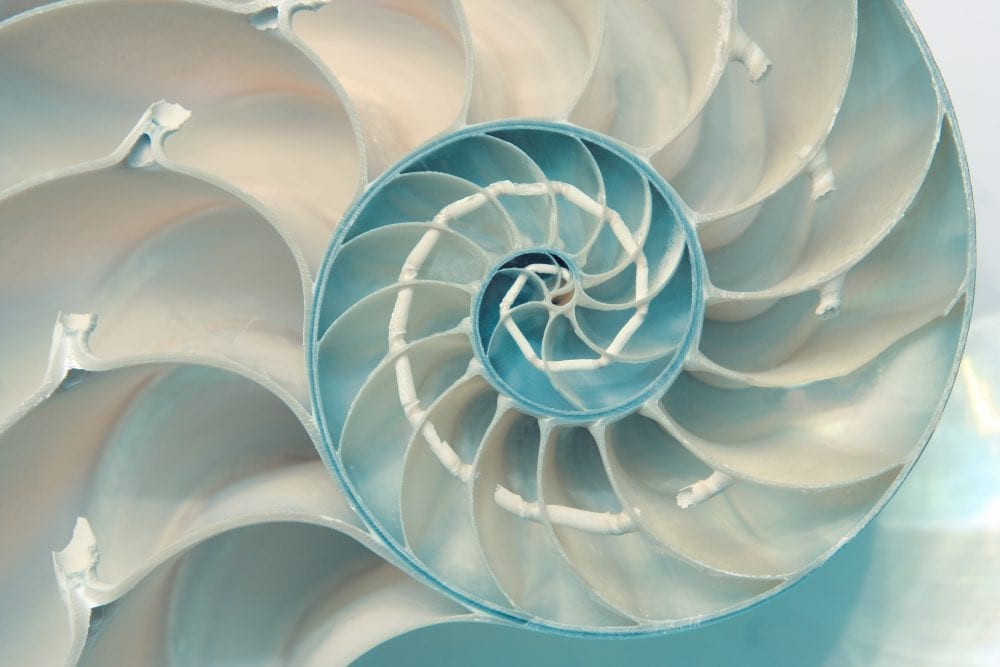
Fibonacci Day Fun With Math Matters Math Solutions
/__opt__aboutcom__coeus__resources__content_migration__mnn__images__2015__07__golden-ratio-aloe-736ed965445f4733afe6109bdc7d4281.jpg)
How The Golden Ratio Manifests In Nature

Math In Flowers Symmetry Fibonacci And A Fun Video Shade Metals

Fibonacci Numbers And The Attributes Of God Luma Learn

Bit Blog Patterns In Nature Fibonacci Number Bit Blog

Nature S Proof Of Intelligent Design Sacred Geometry Phi The Fibonacci Spiral Self Reflective Designs Mega Post New Earth Knowledge
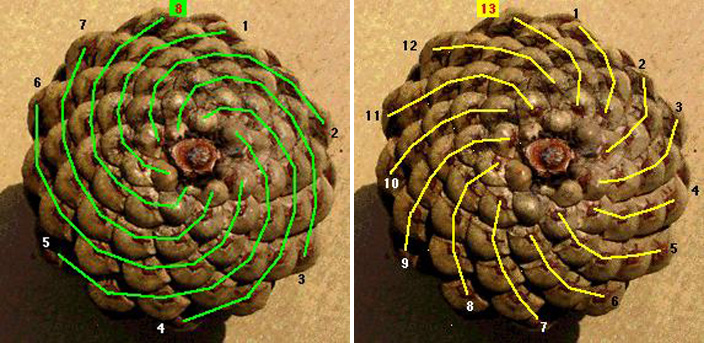
Fabulous Fibonacci

Numbers In Nature Playing With The Fibonacci Sequence Be Naturally Curious Amazon Com Books
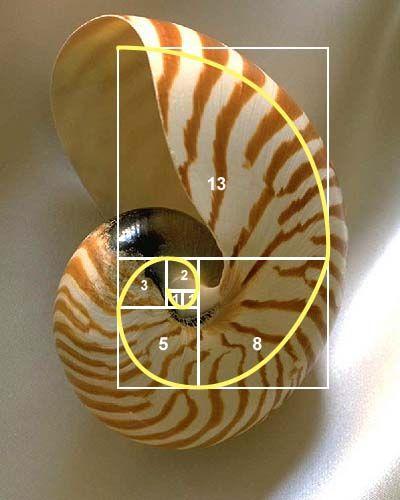
Fibonacci Day Celebrating The Golden Beauty Of Nature Flipscience Top Philippine Science News And Features For The Inquisitive Filipino

Again The Fibonacci Sequence Repeats Itself In Nature Beautiful Fibonacciasfuck
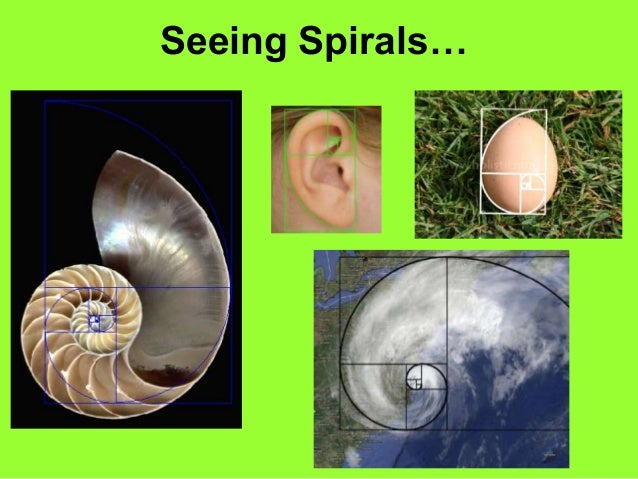
541 Interactive Ppt Fibonacci Sequence

Growing Patterns Fibonacci Numbers In Nature Campbell Sarah C Campbell Richard P Amazon Com Books
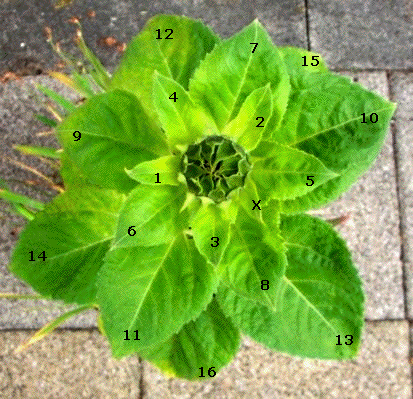
The Fibonacci Numbers And Golden Section In Nature 1
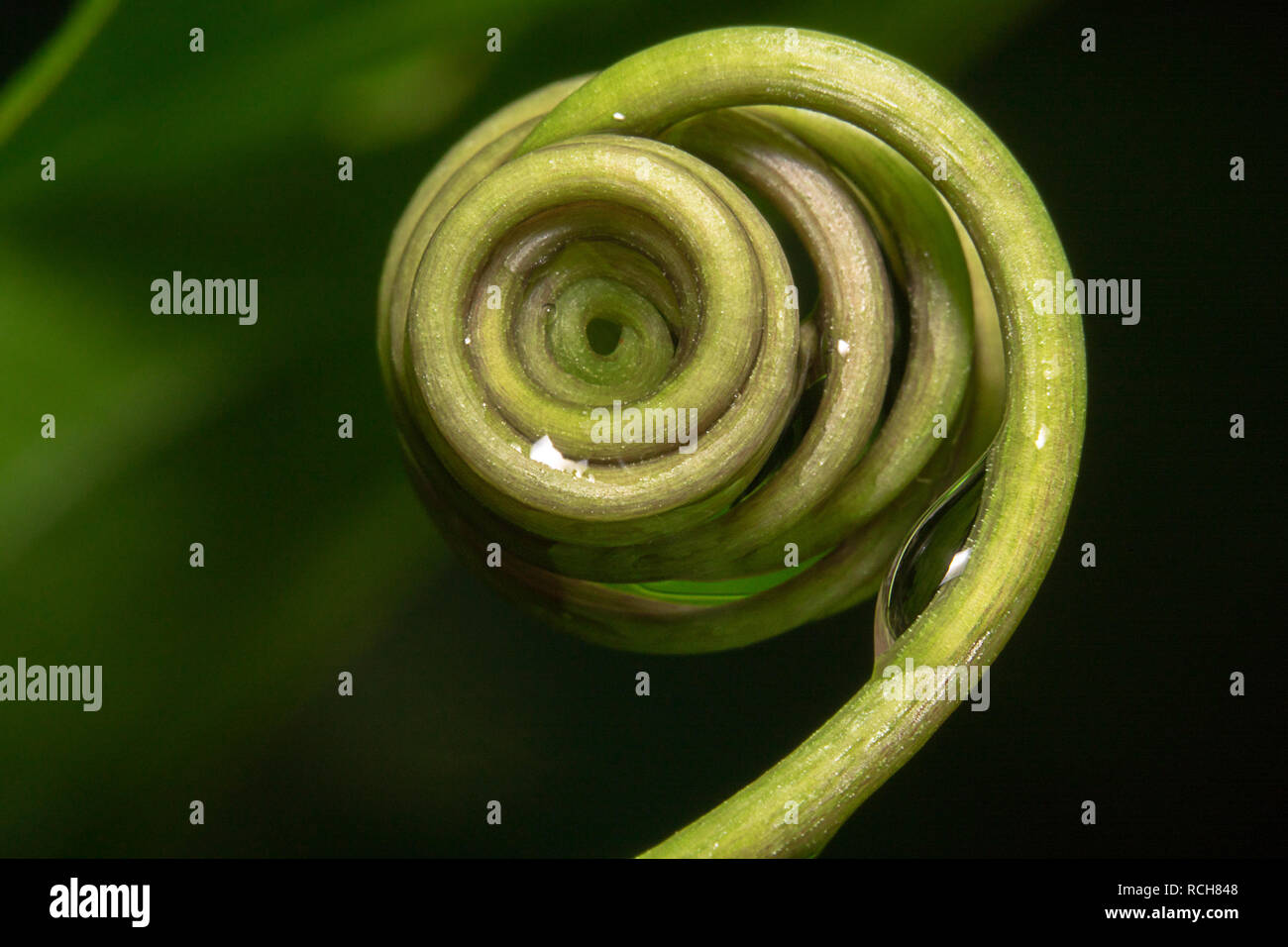
Fibonacci Sequence Nature High Resolution Stock Photography And Images Alamy

Pin On Natural Math

F Fibonacci In Nature Fibonacci

The Fibonacci Sequence In Nature Mindful Living Mindful Living Network

Fibonacci In Nature Go Figure

Fibonacci In Nature Exhibition Opening Discover Mount Gambier
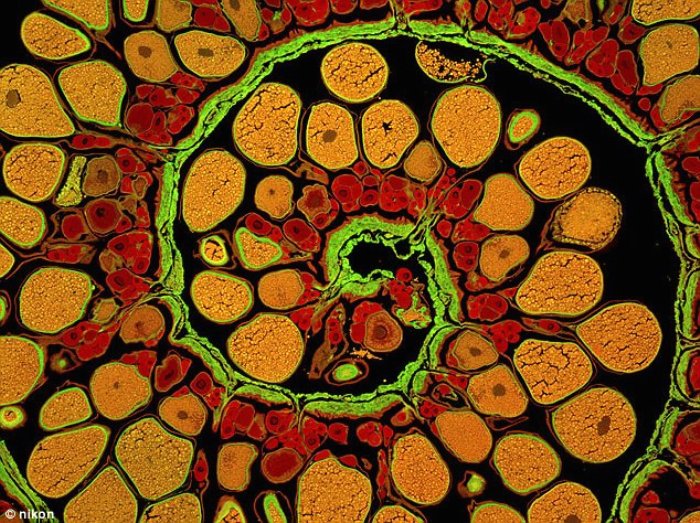
The Fibonacci Sequence In Nature Insteading
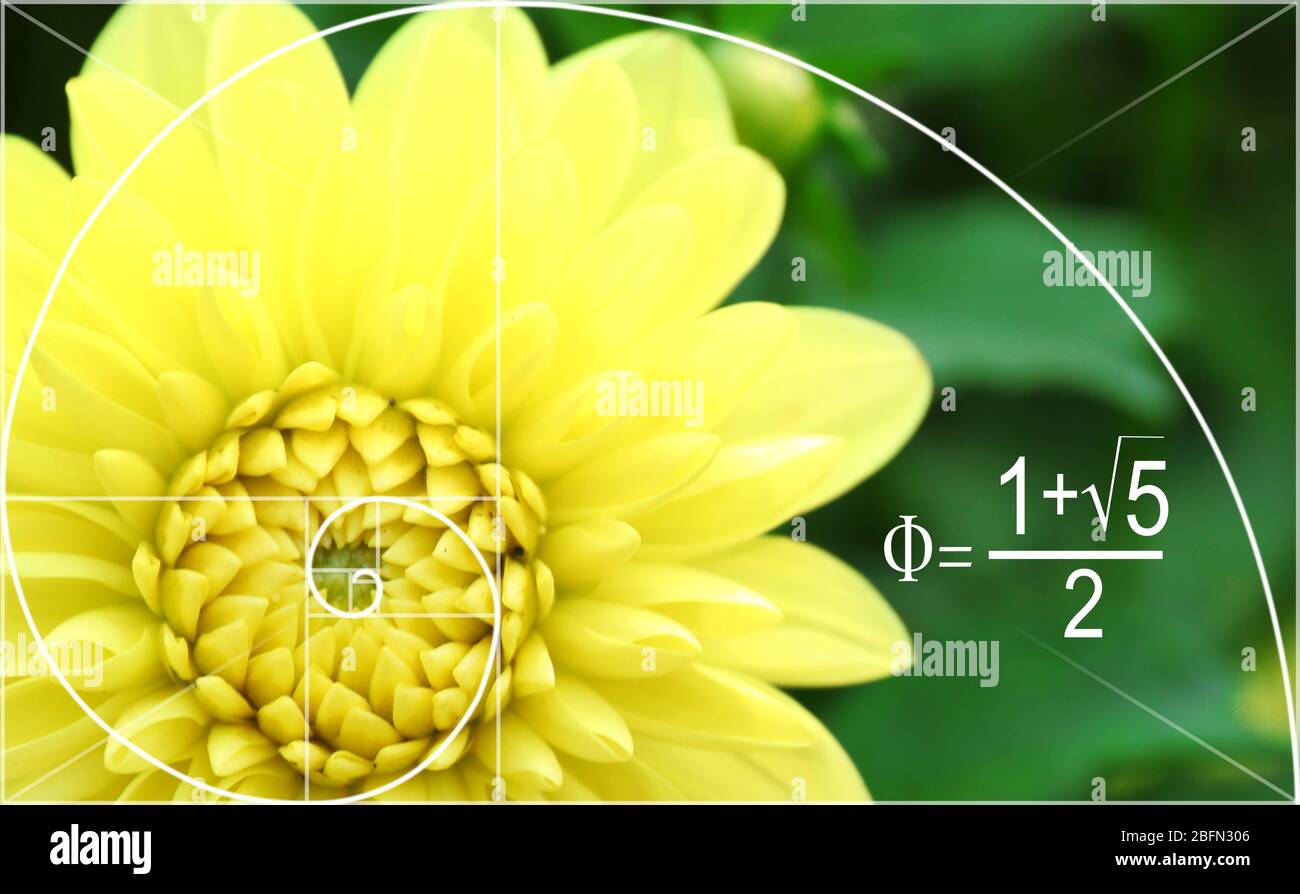
Illustration Of Golden Ratio In Nature Fibonacci Pattern Stock Photo Alamy

Illustration Of Spiral Arrangement In Nature Fibonacci Pattern Stock Photo Picture And Royalty Free Image Image
Q Tbn And9gcsua9utecsapv1cpl4ix E7edo7wvgfbdcwue92fic Usqp Cau

How Many Times Have You Spotted Fibonacci In Nature Here Are 7 Examples For You The Stemettes Zine
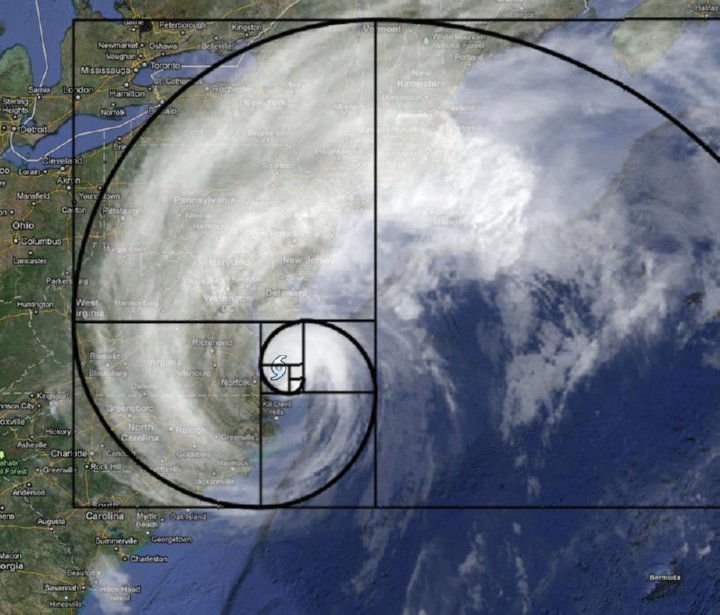
The Fibonacci Sequence In Nature Insteading
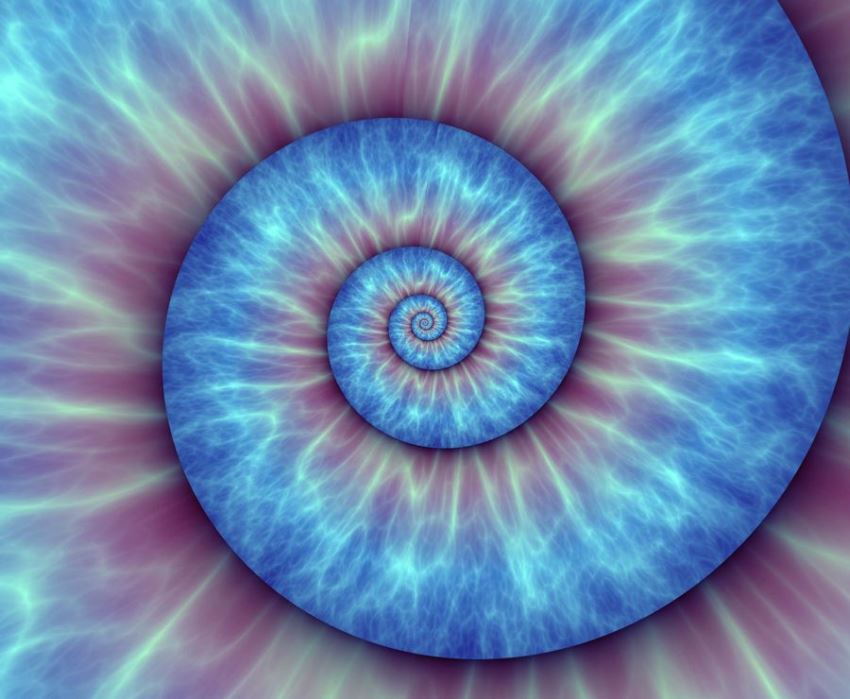
What Is The Fibonacci Sequence And How It Unites Nature Art Science Learning Mind
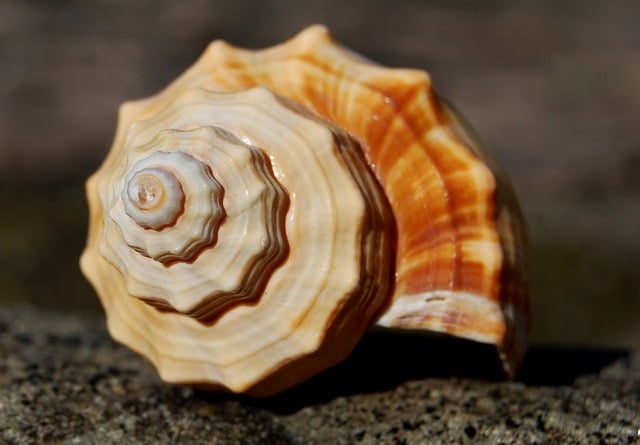
Stem Series Discovering Math In Nature Acorn Naturalists

The Fibonacci Sequence Is 1 1 2 3 5 8 13 21 34 55 144 Etc Each Number Is The Sum Of The Geometry In Nature Spirals In Nature Fractals In Nature
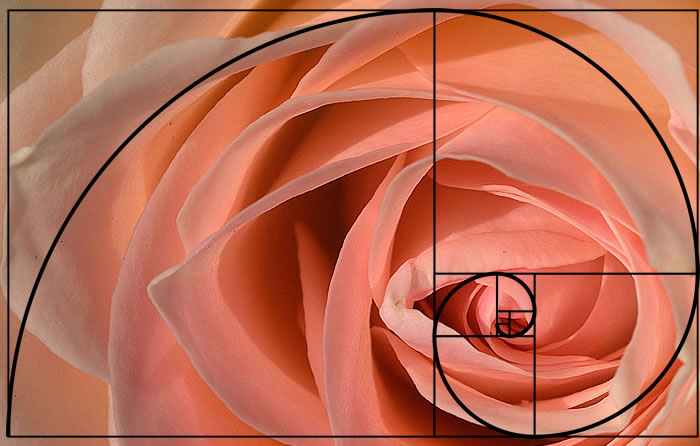
7 Beautiful Examples Of The Fibonacci Sequence In Nature

What Is The Fibonacci Sequence Live Science
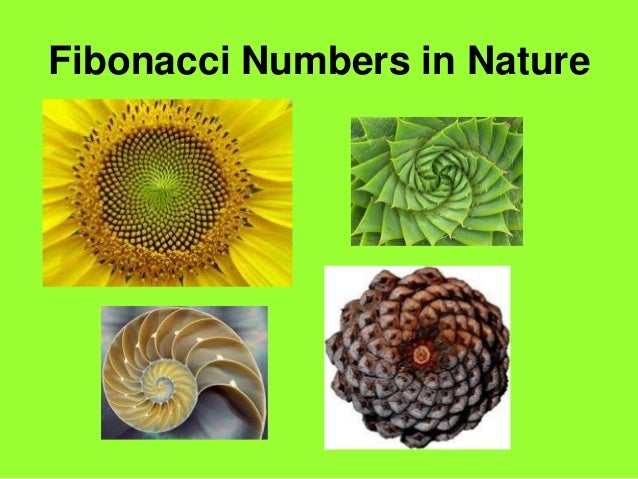
541 Interactive Ppt Fibonacci Sequence

The Numbers Of Nature The Fibonacci Sequence Eniscuola
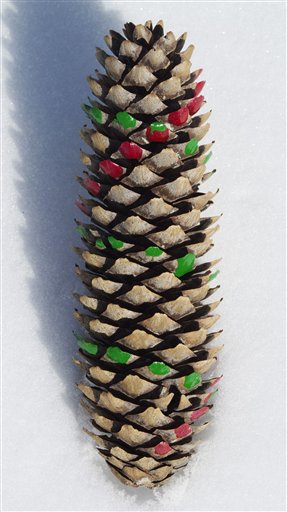
Nature Follows A Number Pattern Called Fibonacci

The Fibonacci Sequence In Nature Insteading Latest News Live Find The All Top Headlines Breaking News For Free Online

Fibonacci Sequence In Nature Album On Imgur

Fibonacci Sequence In Nature Stao

Fibonacci In Nature Trader 2 Trader

Nature S Code The Life And Work Of Fibonacci Learning Resources Uk
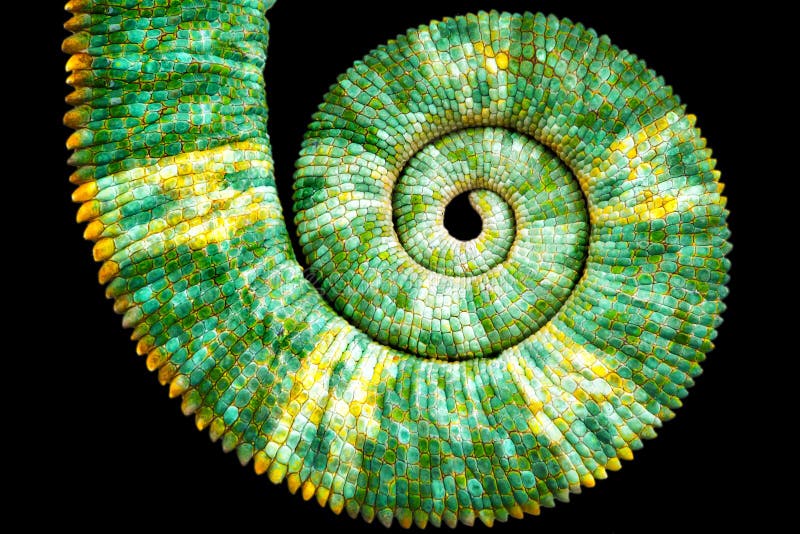
1 128 Fibonacci Spiral Nature Photos Free Royalty Free Stock Photos From Dreamstime

Fibonacci Numbers In Nature

Fibonacci Sequence Nature Letter Size Posters Wise Owl Factory

Approaching Infinity Applying Fibonacci And Phi To The Concept Of Enlightenment
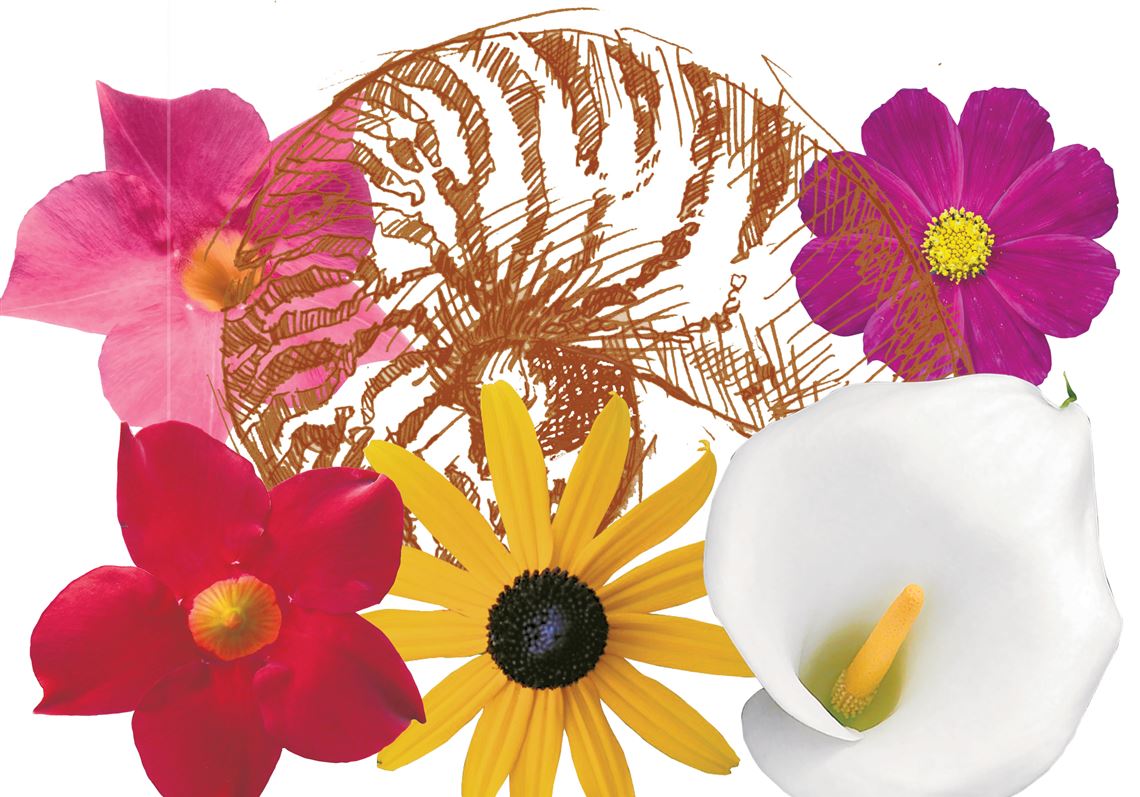
Fibonacci Phenomena How Math Brings Order To Nature The Blade
3

Fibonacci S Golden Spiral The Relationship Between Maths And Nature Naturphilosophie

F Fibonacci In Nature Fibonacci

Fibonacci Numbers Numbers In Nature Youtube

1 1 2 3 It S Fibonacci Day Theartofmann Com

How Are Fibonacci Numbers Expressed In Nature Howstuffworks

Fibonacci In Nature Go Figure

Geometry In Nature The Fibonacci Sequence Villa Di Maria Montessori School Blog

Fibonacci Project
Q Tbn And9gcryfuzcevj5bksdyzwkurnowuexrhnvx3seha8lu0zinmyldoso Usqp Cau
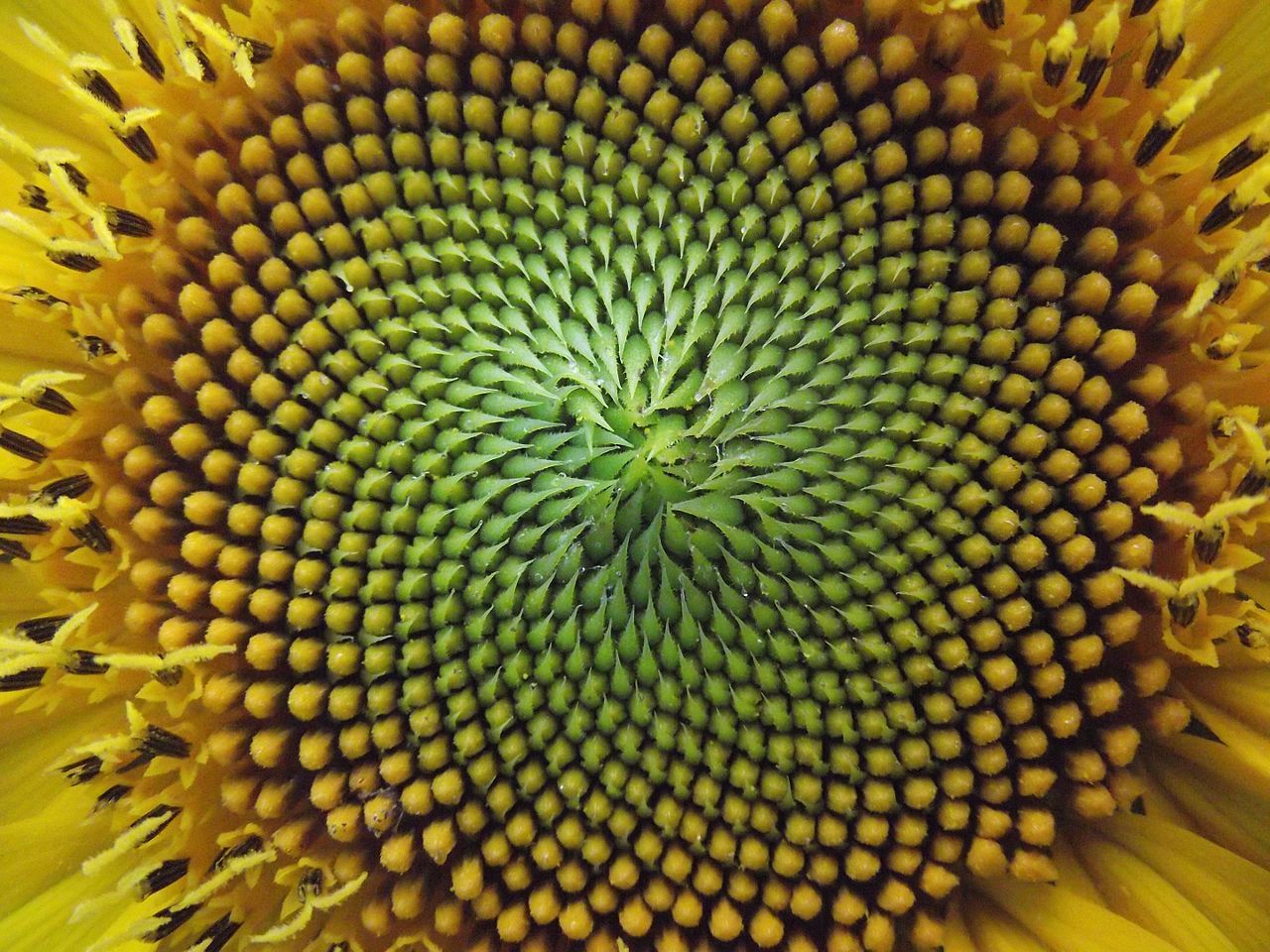
What Is The Fibonacci Sequence And How It Applies To Agile Development Elearning Industry

Nature The Golden Ratio And Fibonacci Numbers

What Is The Fibonacci Sequence And How It Applies To Agile Development Elearning Industry
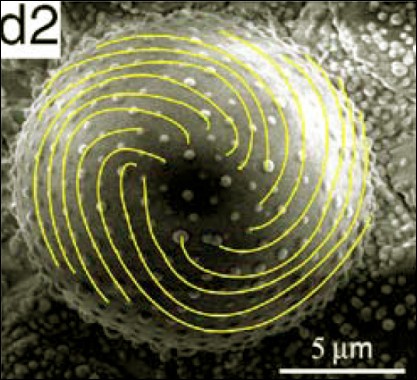
Fibonacci Spirals In Nature Could Be Stress Related Physics World

Why Does The Fibonacci Sequence Repeat In Nature Quora

Maths In Nature Fibonacci
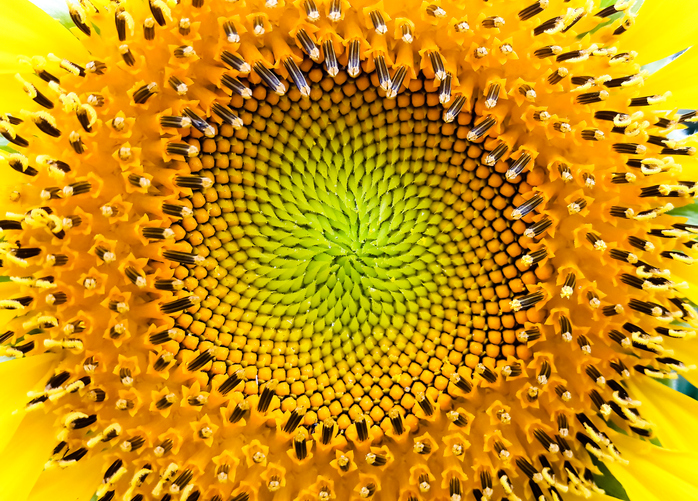
Patterns In Nature Where To Spot Spirals Science World
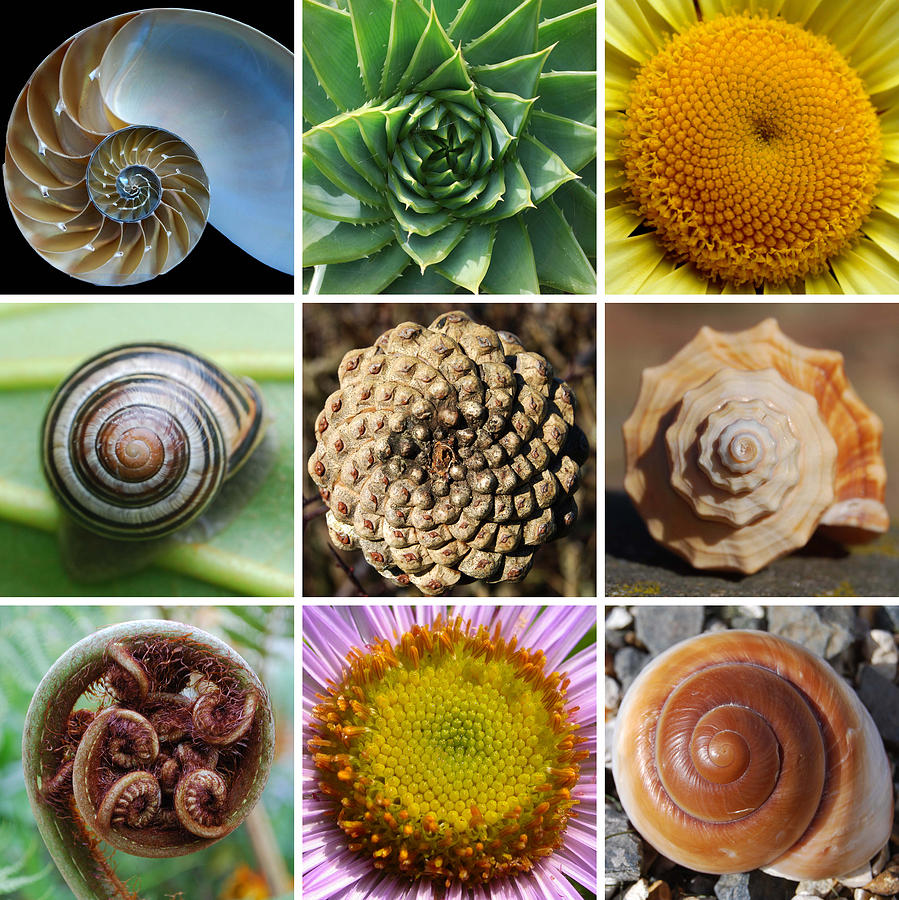
Fibonacci Spirals In Nature Digital Art By Dean Marston

Golden Ratio The Golden Ratio The Fibonacci Sequence

Fibonacci In Nature By Sly Salamander On Deviantart
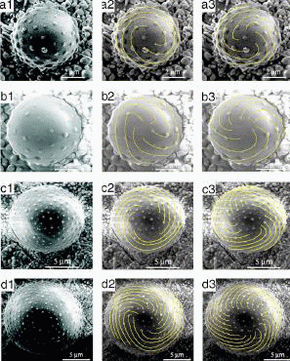
Scientists Find Clues To The Formation Of Fibonacci Spirals In Nature

Patterns In Nature The Fibonacci Sequence
The Fibonacci In Nature
Q Tbn And9gcsua9utecsapv1cpl4ix E7edo7wvgfbdcwue92fic Usqp Cau

The Numbers Of Nature The Fibonacci Sequence Eniscuola
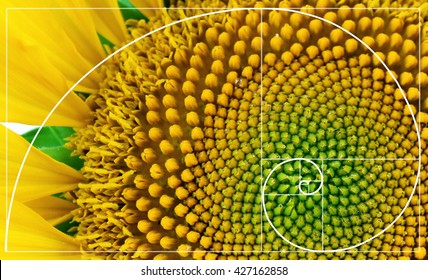
Illustration Spiral Arrangement Nature Fibonacci Pattern Stock Photo Edit Now

Natural Fibonacci Sequence Sacred Geometry In Nature Spirals In Nature Fibonacci Spiral Art Geometry In Nature
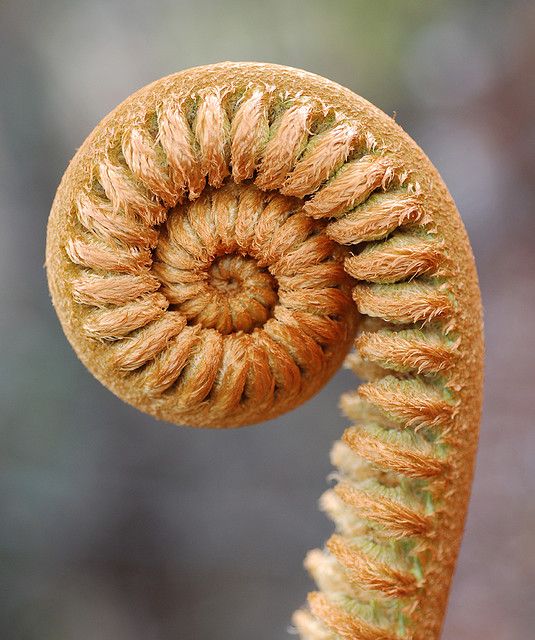
Geometry In Nature The Fibonacci Sequence Villa Di Maria Montessori School Blog
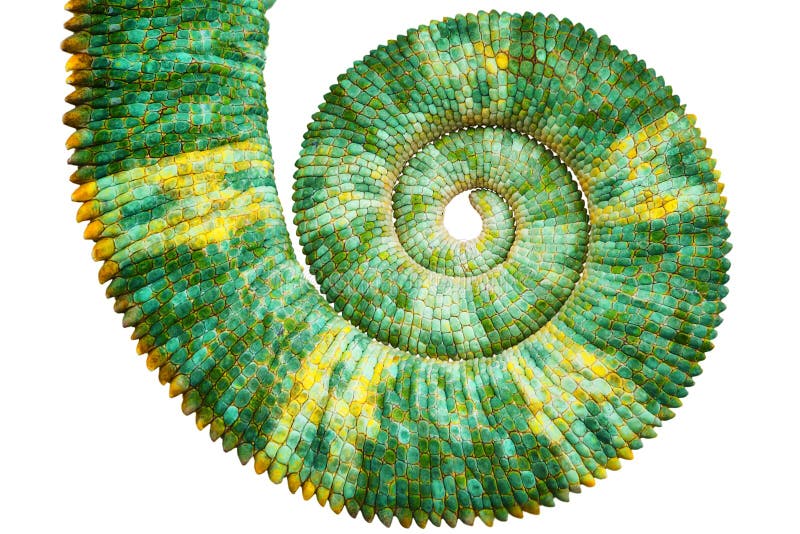
1 128 Fibonacci Spiral Nature Photos Free Royalty Free Stock Photos From Dreamstime
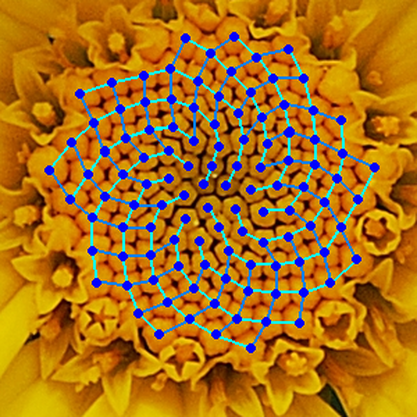
Fibonacci Numbers In Nature Natureglo S Escience Mathart Virtual Library
Fibonacci In Nature Meme
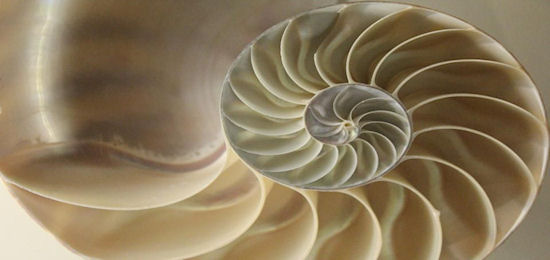
Fibonacci Numbers In Nature E Telescope Online Magazine

Numbers In Nature Be Naturally Curious



